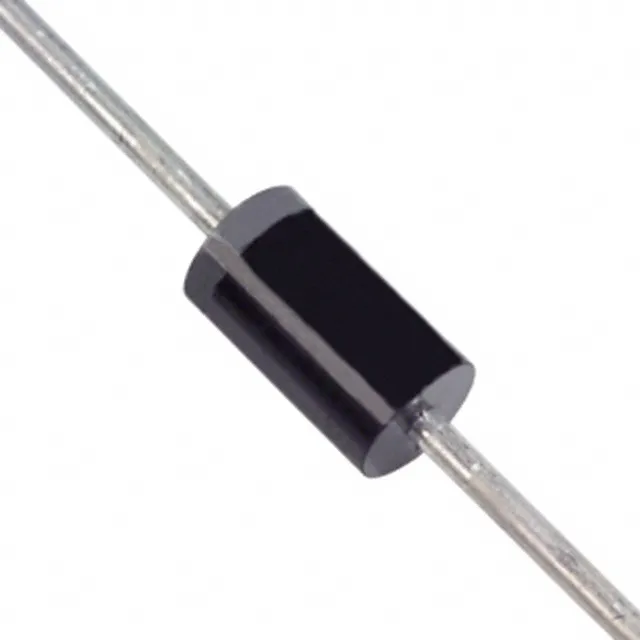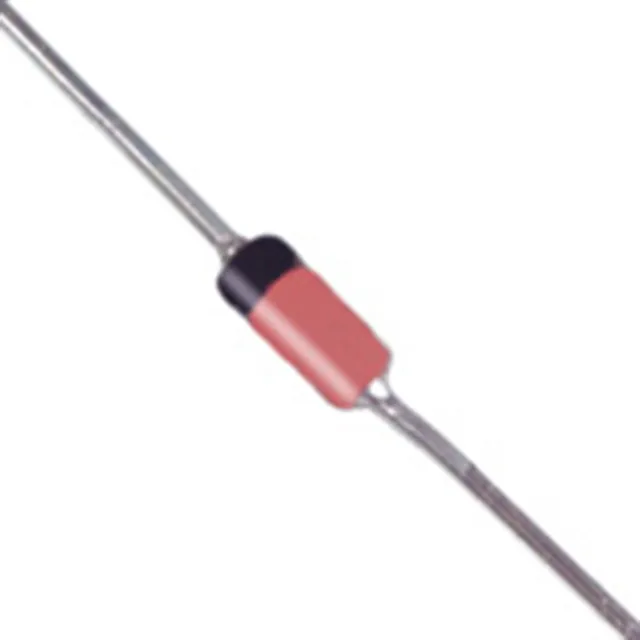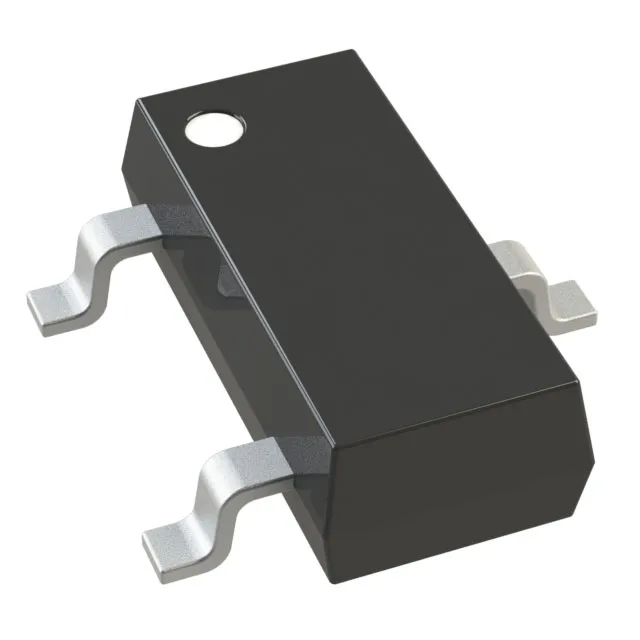Potentiometers
(27379 results)What is Potentiometers ?
Blikai Electronics, a top electrical parts distributor, offers an extensive selection of premium variable resistors and potentiometers. Our range includes pots featuring 1/4", 1/8", and 6mm shafts, 10k and 100k variable resistors, 100 ohm potentiometers, PC mount options, precise trimmer potentiometers, as well as slide pots and faders. These components come at competitive prices and with fast shipping. Sourced from leading electronic components manufacturers, our potentiometers have resistance ranging from as high as 560KΩ to as low as 10Ω.
What is a Variable Resistor ?
A variable resistor, a type of resistor, can adjust its resistance from 0 ohms to a specific value. Typically employed as voltage regulators or volume controls, these components allow for precise resistance adjustments to regulate voltage or control audio volume.
Types of Variable Resistors
Variable resistors are classified into four types based on their applications and configurations: Potentiometer Variable Resistors, Digital Variable Resistor, Rheostats, and Trimmer Potentiometers.
Potentiometer Variable Resistors
Potentiometers, the most common type, feature three terminals. Two terminals connect to the ends of a resistive element, while the third links to an adjustable wiper. This wiper allows for the setting of the resistive divider ratio.
Digital Variable Resistor
This type offers precise changes in electrical resistance through specific stages. Controlled by signals like up/down or digital protocols such as I2C, digital potentiometers adjust resistance via an integrated control unit, responding to input signal data from microcontrollers.
Rheostats
Similar in construction to potentiometers, rheostats are used as variable resistances rather than potential dividers. Unlike potentiometers, they have two terminals: one connection at one end of the resistive element and the other at the wiper. Typically handling high current, they often employ heavy-duty wire-wound resistive elements. Rheostats were previously used for power regulation but are less common now due to inefficiency.
Trimmer Potentiometers
Also known as trim pots, these are akin to potentiometers but designed for limited calibration by users, often just a few times during the component's lifespan. Trimmer pots are commonly found in sizable equipment that engineers modify, such as audiovisual devices.
What is a Potentiometer?
A potentiometer, also known as a potmeter or pot, is a three-terminal resistor featuring a sliding or rotating contact. When using just two terminals—one end and the moving wiper—it functions as either a variable resistor or a rheostat.
Conceptually, the resistive element within a potentiometer resembles two resistors in series. The ratio between the resistances of these "virtual" resistors is determined by the position of the wiper. When a reference voltage is applied across the end terminals, the potentiometer's output voltage is influenced by the wiper's position.
Among potentiometers, the single-turn rotary pot is the most commonly used type. It finds applications in various settings, such as audio volume control (often employing a logarithmic taper). Potentiometers are manufactured using different materials, including cermet, conductive plastic, carbon composition, metal film, and wirewound variations.
How Does a Potentiometer Work?
Let's explore how potentiometers function. When you measure the resistance between the outer terminals of a potentiometer, you'll always get the maximum or rated value of that pot. For instance, in a 10K ohm pot, you'd read the complete 10K ohm between the outer terminals.
However, if you test the resistance between one of the outer terminals and the wiper terminal, the value will vary based on the wiper's position. In the case of a 10K pot, it might range from 0K ohm to 10K ohm.
Depending on the terminals used, a potentiometer can function as a variable resistor, known as a rheostat, or a voltage divider.
As a rheostat, only two terminals are employed: the wiper and one of the two outer terminals, turning the pot into a two-terminal variable resistor. By adjusting the wiper, the resistance value can be increased or decreased.
Potentiometers also serve as voltage dividers, a valuable application. A voltage divider circuit comprises two resistors connected in series, where a voltage is applied to the ends of the resistors, and the output voltage is measured across one of them.
Using a potentiometer in this setup involves connecting all three terminals. The wiper is linked to the outer terminal of the pot, which connects to the input supply's ground, while the output voltage is measured between the wiper and the outer terminal also connected to the input supply's ground.
By altering the pot's resistance, you can modify the output voltage of the voltage divider. This configuration effectively creates a variable output voltage voltage divider. If you need to calculate the voltage in a voltage divider circuit, using a voltage divider calculator might be helpful.
Potentiometer Types
here are various types of potentiometers available, each designed for specific applications. Here are some common ones:
Rotary Potentiometers:
- Single-turn Pot
- Multi-turn Pot
- Dual-gang Pot
- Concentric Pot
- Servo Pot
Linear Potentiometers:
- Slide Pot
- Dual-slide Pot
- Multi-turn Slide
- Motorized fader
Additionally, potentiometers can also be categorized into types such as Linear, Rotary, Logarithmic, Digital, and Manually Adjustable Potentiometers. Each type serves different purposes and offers varying control mechanisms.
How to Read a Potentiometer Variable Resistor?
Potentiometers possess a wide range of resistance values, although they are variable resistors. Manufacturers produce these potmeters in commonly required resistance values, making a broad range unnecessary. The majority of potmeters typically fall within specific multiples, which are prevalent potentiometer values like 10 ohms, 20 ohms, 22 ohms, 25 ohms, 47 ohms, and 50 ohms. Among these, the most frequent value for potentiometers is 10k ohms (10 kΩ), followed by other popular values such as 1k ohm (1 kΩ), 5k ohm (5 kΩ), and 100k ohm (100 kΩ).
Similar to the 3-digit SMD resistor coding system, potentiometers also use a string of characters to represent resistance values. For instance, consider a 1 kΩ potentiometer with a resistor code of 102, where 10 Ω x 10^2 = 1 kΩ. Here, the first digit (1) signifies the resistance value, while the last digit (2) indicates the multiplier (x2).
The resistance code for a 2.5k ohm (Ω) Potentiometer is 252.
For a 5k ohm (Ω) Potentiometer, the resistance code is 502.
A 10k ohm (Ω) Potentiometer has a resistance code of 103.
The resistance code for a 20k ohm (Ω) Potentiometer is 203.
Finally, a 50k ohm (Ω) Potentiometer would have a resistance code of 503.
Applications of Potentiometers
Potentiometers serve a multitude of purposes across various industries and applications. They're utilized as user-controlled inputs, functioning as throttle pedals in automotive applications and joysticks for machine control. In audio systems, they manage volume control, featuring faders, logarithmic taper, and dual-gang potentiometers. Potentiometers are also employed as position or angle transducers for measuring distances or angles in sensors. Additionally, trimpots are used in fabrication and calibration processes, including presets and trimming potentiometers/trimmers.




